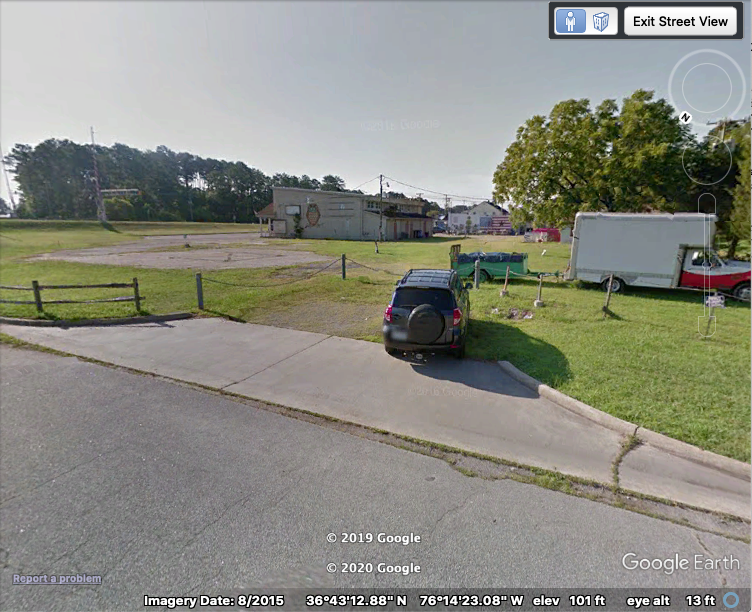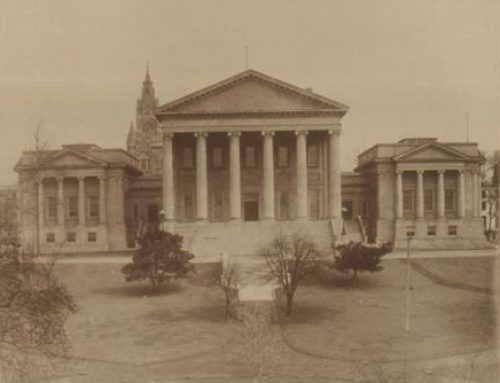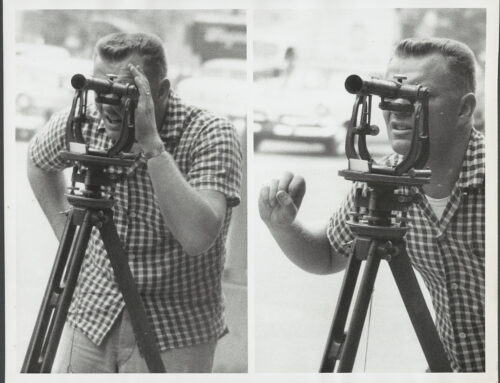The Supreme Court of Virginia has agreed to hear an interesting case that offers the Court an opportunity to explore the boundary between the police power and eminent domain. The case will have major implications for localities’ ability to manage their roads. In Hooked Group, LLC v. City of Chesapeake, the Court will decide whether the City must pay a landowner compensation when the City closed a portion of a residential side street that provided a little-used second entrance to a commercial property. This is the first post in a series on this case. This post gives an overview of the facts and a summary of the contentions of both parties.
Hooked Group, LLC owns a commercial parcel that fronts on, and has an entrance to, Battlefield Boulevard, a major thoroughfare in the City of Chesapeake, Virginia. Behind the commercial property is a residential neighborhood. The neighborhood is served by a number of small streets, one of which, Callison Drive, dead-ends adjacent to Hooked Group’s parcel. A small gravel path leads from a curb cut at the dead-end on Callison Drive to the asphalt parking lot on Hooked Group’s parcel. However, a chain often blocked that gravel entrance, as shown in the screen shot below taken from Google Streetview.

The City’s Department of Public Works petitioned the City Council to close the portion of the residential street adjacent to Hooked Group’s property. A representative of Hooked Group appeared at the City Council meeting and spoke in favor of closing the road, but the representative asked the city to sell Hooked Group the vacated portion of the street so that it could maintain its secondary access as it redeveloped the property. The Council was advised by its staff that Hooked Group and the preceding owners of the parcel kept the secondary entrance blocked and that the public could access the parcel from Battlefield Boulevard. In addition, a number of residents of the neighborhood behind the parcel appeared and spoke against selling the abandoned road to Hooked Group, arguing that it would increase commercial traffic in their neighborhood and compromise their safety. Believing that Hooked Group would continue to have adequate access to its property from Battlefield Boulevard and crediting the wishes of the neighborhood residents, the Council voted to close the terminal part of Callison Drive to all traffic except emergency vehicles but kept the closed roadway as City property.
Following the City’s decision, Hooked Group filed an inverse condemnation suit, arguing that the City had improperly taken its right of access to Callison Drive. Hooked Group’s argument depends on a line of cases in which the Supreme Court of Virginia held that a landowner has a property right to access public roads that abut the owner’s property. Hooked Group argued that its property right of access to Callison Drive was taken by the City for a public purpose without payment of just compensation.
The City asked the trial court to dismiss the case. The trial court ultimately granted this request, ruling that a landowner’s right of access to a public street is subject to a locality’s power to control the use of its streets for the health and general welfare of the public. The trial court ruled that the landowner would have a case if all direct access to its property from any public road had been eliminated. However, because the property continued to have access to Battlefield Boulevard, the trial court dismissed the case.
On appeal, Hooked Group argues that the question of access must be judged by looking at each street that abuts a property. Where a property’s access to a public road is totally eliminated, Hooked Group contends that the property owner must be compensated, even if the property has access to a different public road in a different location. The City, on the other hand, argues that the question of access must be judged by looking at the parcel as a whole. If the property is served by two public roads, one being a highway and the other an inferior residential street, a locality’s closure of the inferior access is properly classified as a reduction, not an elimination, of access. Such a reduction, the City argues, is non-compensable.
The case has been fully briefed, but oral argument has not yet been scheduled. The case warrants a more in-depth discussion of the law than is provided here. We will follow up with another article in this series with a more in-depth discussion of the legal points.






Leave A Comment